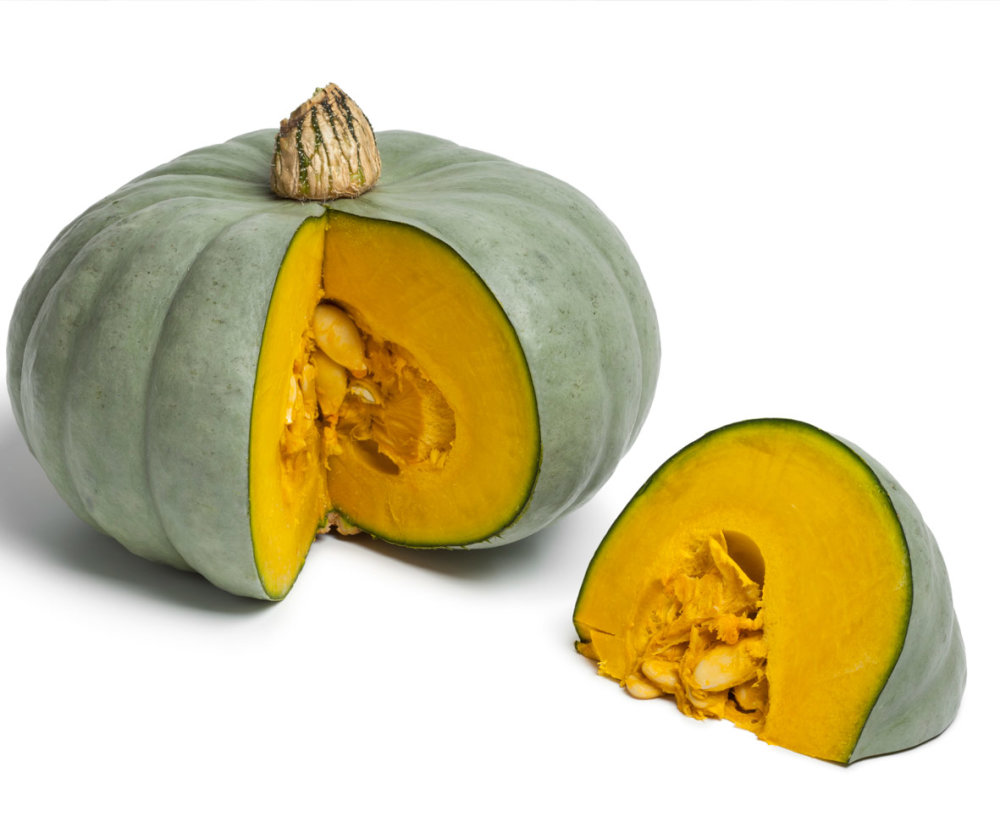Zucchini, squash, or summer squash are an essential element in the Mexican diet. Thanks to the fact that they are very accessible, we can consume them very regularly. Therefore, today we want to share with you some benefits of eating green pumpkins.
benefits of eating green squash
Many varieties of squash belong to the Cucurbitaceae family, including other vegetables such as chayote, cucumber, watermelon, and melon. However, the most common in Mexico are the zucchini (Cucurbita pepo), known as Criolla or zucchini. In addition, the pumpkin of Castilla (Cucurbita moschata), with which a rich traditional sweet is prepared in autumn, and the chilacayote (Cucurbita fucifolia).
Pumpkins are a vegetable available most of the year in Mexico; it is always inexpensive and fresh in almost all markets and supermarkets. You can consume it in stews, salads, and desserts. Also, read 14 recipes for stuffed zucchini and in salads (quick and healthy).
benefits of eating green squash
We share three benefits of eating green squash:
According to a report by the University of Illinois, pumpkins are approximately 95% water. While this makes them a low-calorie vegetable (containing about 20 calories per cup), it also means that they are not the most nutrient-dense vegetables out there, but the ones that can help you lose weight. It may interest you: This is how you should STORE the PUMPKINS so that they are always FRESH.
benefits of eating green squash
2- Source of potassium
It is an essential source of potassium, which helps control blood pressure by reducing sodium in the blood, making it ideal for people with hypertension.
benefits of eating green squash
3- Rich in vitamins C and A
It is also rich in vitamins C and A, especially carotenes, which protect cell membranes. Half a cup of cooked zucchini provides 20% of the recommended daily intake of vitamin C and A. Check out: This is how you should cook the squash, so they don’t lose their nutrients.
benefits of eating green squash
If there is a vegetable that represents autumn and the months of October and November, it is, without a doubt, the pumpkin. On the one hand, it is highly versatile and can be used in sweet and savory dishes and hot and cold options, allowing you to take advantage of the entire season.
In addition to its versatility, pumpkin offers an excellent supply of carotenes, potassium, vitamin A, B-complex vitamins, and fiber, being also very rich in water and low in caloric density. Precisely because of its good supply of nutrients, it will help us know how to cook it so that we keep them all and have the healthiest version possible.
Steamed, sautéed, or boiled to maintain nutrients
In the case of some vegetables, we can consume them raw, keeping all their nutrients intact. However, pumpkins should always be consumed cooked, so it is essential to know which cooking methods are most suitable to lose the least possible nutrients.
Steaming is always one of the best options to maintain nutrients as it is one of the least destructive techniques. Stir-fry is another excellent option since when cooked relatively “little,” the impact on nutrients is not too high either.
One of the most common ways of cooking is boiling or cooking. If we choose these options, we can achieve a slight loss of nutrients. For this, it is essential that we use a small amount of water, add the vegetables when the water is already boiling, and control the time that the vegetables spend in the water well so that we do not overdo it.
Roasted or baked to preserve flavor and color
If we want to keep the color and flavor of the pumpkin intact, something suitable for some dishes, we will have to be a little more careful. And it is that with these options, there are more losses of nutrients. For this reason, if we are going to bake them, the most appropriate thing is that we do it at high temperatures and for a short time. Preferably we will not cut the pumpkin into tiny pieces.
When it comes to roasting, the reality is that quite a few nutrients are lost due to the heat and the production of juices. Of course, we can roast it, but it is preferable not to abuse this technique to benefit from all its qualities.
In addition to being fashionable for its decorative value, pumpkin is also at its best as an ingredient to prepare delicious recipes. Please find out about their nutritional benefits, keys to choosing them, and other seasonal fruits and vegetables.
Five daily servings of fruit or vegetables, preferably seasonal, are the basis of a balanced and healthy diet. In addition, about the pumpkin, find out about the fruits or vegetables that are at their best during this month and their nutritional properties in:
Calendar of fruits and vegetables
The squash plant or Cucurbita maxima belongs to the same family as the zucchini, eggplant or melon, and watermelon: the cucurbits. The different shapes and colors of the pumpkins mean that they are used as a decorative element and even as a container in addition to being used for gastronomy. Those usually used as a vegetable are those spherical or elongated, which have orange both the skin and the pulp. Angel’s hair is made from another variety with white skin and green spots.
Nutritional benefits
From a nutritional point of view, pumpkin is low in calories, just 32 in 100 grams. Although it provides a moderate amount of fiber and not many minerals, it is very rich in vitamin A and carotenes (hence it’s color) and vitamins of groups B, C, and E.
Our advice when choosing them
You have to opt for those that do not present imperfections on their skin and have a shiny crust. Pumpkin keeps very well in a cool, dry place, even for months. It is common for them to be sold in portions due to their large size.

